Latest DePIN News

3 months ago
IoTeX Joins Blockchain Association to Advocate for Decentralized Infrastructure
IoTeX, a leader in decentralized physical infrastructure networks, has recently joined the Blockchain Association, a prominent advocacy group for the crypto industry in Washington, D.C. The Blockchain Association highlighted that decentralized physical infrastructure networks represent a revolutionary category of blockchain technology, bridging the gap between real-world devices and the digital landscape. This innovation encompasses everything from IoT-enabled smart devices to tokenized physical assets, showcasing significant transformative potential. However, the widespread adoption of these technologies hinges on achieving regulatory clarity, which is essential for their growth and integration into the market.
Raullen Chai, co-founder and CEO of IoTeX, emphasized the importance of collaboration with policymakers in fostering a robust decentralized infrastructure ecosystem. By becoming a member of the Blockchain Association, IoTeX aims to leverage its expertise to navigate legal complexities and create clear pathways for launching and scaling decentralized physical infrastructure network projects. Chai believes that with the right regulatory framework, the full potential of decentralized infrastructure can be unlocked, ultimately benefiting a broader user base and empowering individuals through accessible technology.
The Blockchain Association, which consists of nearly 100 companies and protocols, is dedicated to establishing sensible and innovation-friendly regulatory frameworks for blockchain technology. IoTeX plans to actively engage in various working groups within the association, focusing on policies that facilitate innovation in decentralized physical infrastructure networks in the U.S. This includes addressing regulatory challenges, ensuring equitable access for users, and supporting the tokenization of physical assets in compliance with U.S. law. Dan Spuller, senior director of industry affairs at the Blockchain Association, expressed enthusiasm for IoTeX's involvement, noting that their leadership in the DePIN space will provide valuable insights as the association advocates for policies that promote innovation and inclusivity in decentralized networks.
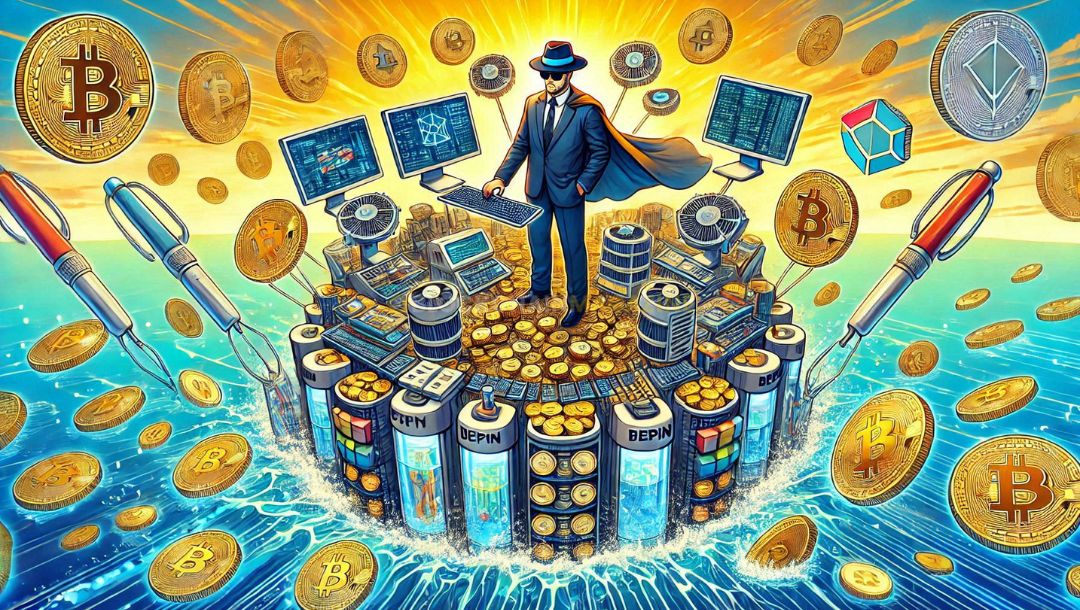
3 months ago
Revolutionizing Infrastructure: The Rise of DePin Crypto
Decentralized Physical Infrastructure Networks (DePin) are revolutionizing the way we think about real-world infrastructure by leveraging blockchain technology. This innovative approach aims to redistribute power from centralized corporations back to the community, making systems like storage and streaming more accessible and equitable. With a surge in interest, several DePin coins are emerging as key players in this space, offering unique solutions and investment opportunities. Notable projects include Chirp, Render, BitTorrent, Filecoin, Theta Network, MultiversX, and Ocean Protocol, each contributing to the decentralization movement in distinct ways.
Chirp stands out as a decentralized telecommunications network built on the Sui blockchain, focusing on IoT connectivity. By allowing users to operate their devices and earn CHIRP tokens, it incentivizes participation and fosters a more interconnected digital landscape. Render Network, on the other hand, connects creators with GPU providers, democratizing access to rendering services. Its recent transition from Ethereum to Solana has enhanced transaction speeds, making it a favorite among creatives. Meanwhile, BitTorrent has evolved into a decentralized file-sharing platform, rewarding users with BTT tokens for sharing files, showcasing the potential of community-driven content distribution.
Filecoin operates like an Airbnb for data storage, enabling users to rent out digital storage space while ensuring data security through blockchain verification. Theta Network is redefining video streaming by allowing users to share bandwidth, enhancing content delivery while rewarding participation with TFUEL tokens. MultiversX offers a scalable blockchain infrastructure, facilitating efficient transactions for various applications, while Ocean Protocol focuses on decentralized data exchange, supporting AI and machine learning through tokenized datasets. As DePin continues to grow, these projects exemplify the shift towards a more decentralized and user-centric digital economy.

3 months ago
2025: A Pivotal Year for Blockchain and AI Integration
As we enter 2025, the cryptocurrency and blockchain sectors are poised for significant transformation, driven by a blend of macroeconomic factors, regulatory progress, and technological advancements. Insights from Messari and Coinbase indicate that this year could be pivotal for the evolution of Web3, AI, and decentralized infrastructure. Fog Works is at the forefront of this movement, focusing on innovation, sustainability, and community engagement to redefine the digital landscape. The increasing clarity in regulatory frameworks, especially in the U.S. and Europe, is expected to catalyze institutional adoption and innovation, with Coinbase predicting a rise in regulated financial products, including tokenized securities and compliant DeFi solutions.
One of the most notable trends is the integration of AI with blockchain technology. Messari highlights the potential for decentralized AI systems to transform data management and privacy-centric applications. Fog Works is aligning its advancements in AI-enabled personal storage with this trend, emphasizing the importance of decentralized physical infrastructure networks (DePIN) as a critical layer in the Web3 ecosystem. As users seek alternatives to centralized tech giants, companies deploying real-world applications for data storage and IoT are expected to thrive. Additionally, NFTs are evolving beyond art into areas like music royalties and real estate tokenization, necessitating secure, decentralized storage solutions.
Fog Works' achievements in 2024 set a strong foundation for 2025. The company has made significant strides in product innovation, market expansion, and community building. Notable advancements include the Foggie Max backup system, which enhances data security and sharing capabilities, and the integration of AI-powered features that allow users to create personal knowledge bases. With a focus on sustainability, Fog Works aims to adopt energy-efficient technologies and forge partnerships that promote greener blockchain practices. As the market landscape continues to evolve, Fog Works is well-positioned to lead the charge in the decentralized future of technology.
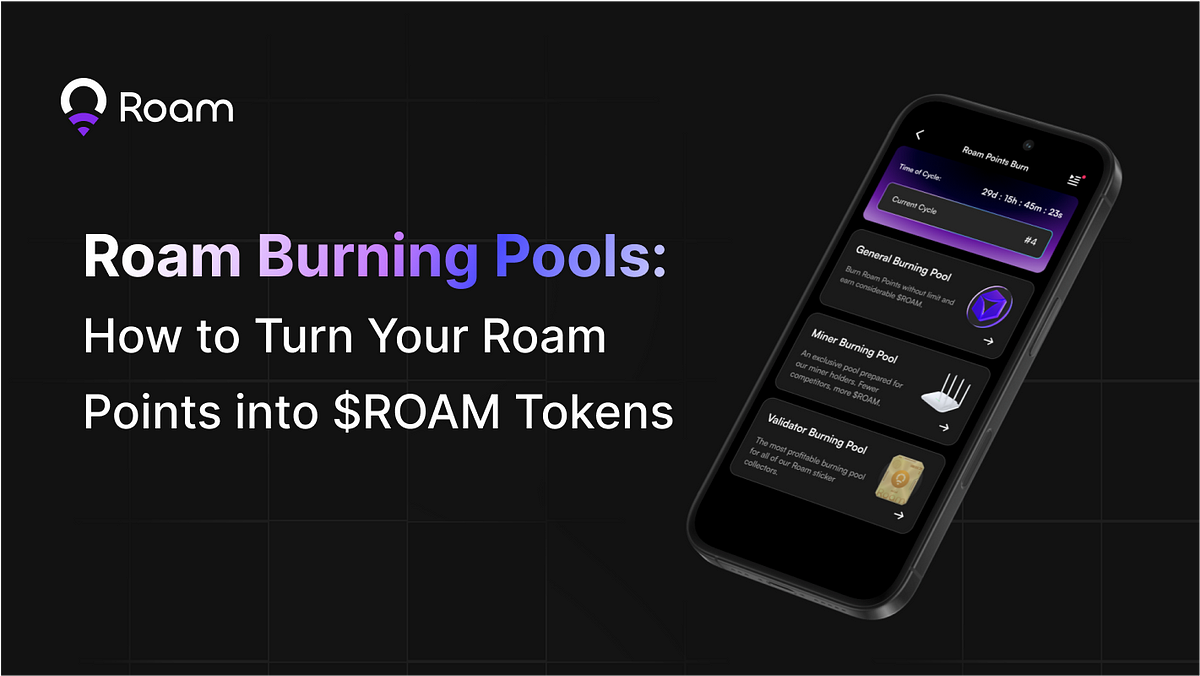
3 months ago
Maximizing Rewards with Roam's Burning Pools
In the Roam ecosystem, Roam Points serve as a crucial incentive for users contributing to the network's growth. These points can be utilized in various ways, but their primary value lies in the ability to be burned for $ROAM tokens following the Token Generation Event (TGE). To facilitate this conversion, Roam has established three distinct burning pools: the General Burning Pool, Miner Burning Pool, and Validator Burning Pool. Each pool caters to different user types based on their contributions, providing a structured approach to maximizing rewards through point conversion.
A burning pool allows users to exchange their Roam Points for $ROAM tokens by burning them, which permanently removes the points from circulation. The conversion rate is dynamic, influenced by the total points burned and tokens generated within a specific timeframe. Users can choose to burn their points all at once or over several cycles, depending on their strategy. For instance, if only one user burns points, they receive a higher token yield compared to a scenario with many participants. This system not only incentivizes user engagement but also helps maintain the scarcity and value of $ROAM tokens.
The General Burning Pool is accessible to all users, while the Miner and Validator pools cater to specific contributors, such as miners and validators of Roam WiFi hotspots. Each pool has its own set of rules regarding minimum point input, eligible points, and burn periods, allowing users to tailor their participation based on their activities within the Roam network. By understanding the mechanics of these pools, users can effectively strategize their point burning to maximize their $ROAM token rewards, enhancing their overall experience within the Roam ecosystem.
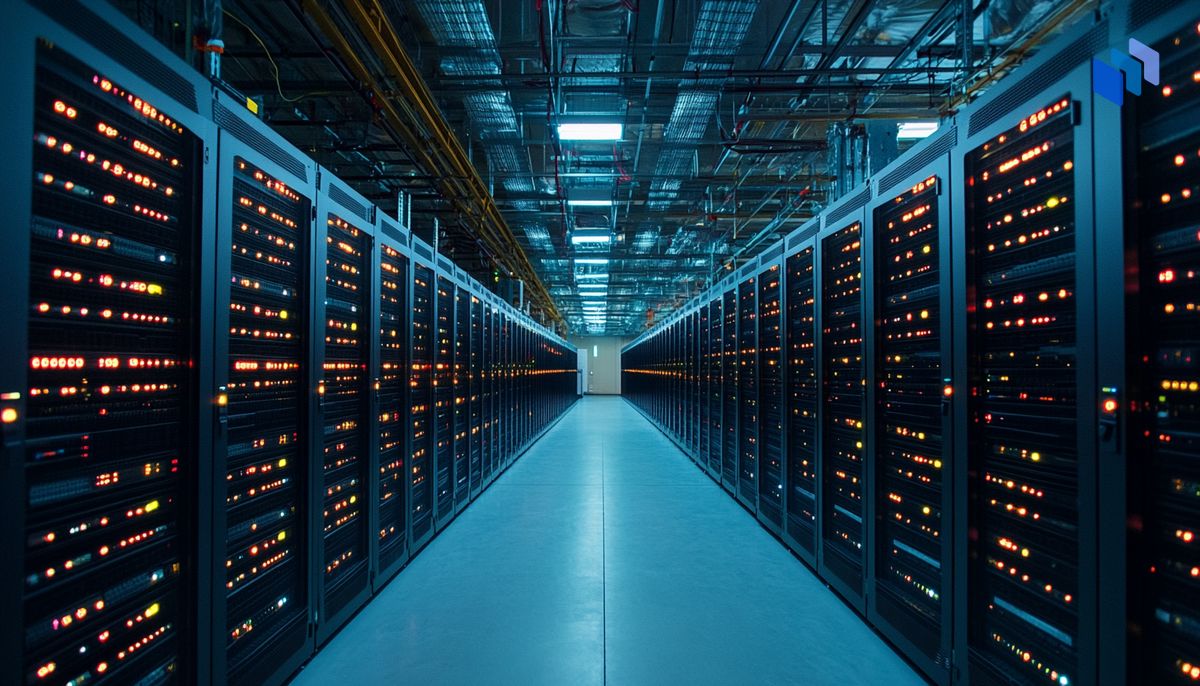
3 months ago
Decentralized Infrastructure Networks: A Game Changer for AI Development
The data center industry is currently facing significant challenges in meeting the immense computing power requirements of artificial intelligence (AI), particularly for training large language models (LLMs). According to Bain & Company, advanced AI models necessitate thousands of graphics processing units (GPUs) during the pre-training phase, which in turn demands highly sophisticated data center architectures. Presently, major cloud service providers operate hyperscale data centers with capacities ranging from 50 to 200 megawatts, costing between $1 billion to $4 billion. However, projections indicate that by the end of the decade, these capacities will need to scale up to over 1 gigawatt, with costs soaring to between $10 billion and $25 billion. This situation is compounded by the dominance of tech giants like Alphabet, Microsoft, Amazon Web Services (AWS), and Alibaba, which limits opportunities for smaller competitors to build comparable infrastructures.
To address these challenges, decentralized physical infrastructure networks (DePIN) have emerged as a potential solution. DePIN aggregates small-scale computing resources, democratizing access to AI infrastructure and reducing reliance on major tech companies. By utilizing blockchain technology, tokenization, and decentralized governance, DePIN incentivizes participation from individuals and organizations, enabling them to contribute physical resources such as data storage, energy generation, and computing power. This decentralized approach not only enhances transparency and security but also allows for real-time data processing through edge AI, which deploys AI algorithms directly on devices at the network's edge, thereby alleviating the burden on centralized cloud networks.
Looking ahead to 2025, DePIN is poised to fundamentally transform the AI landscape. Experts predict a massive scaling of decentralized compute networks, shifting AI model training from centralized supercomputing clusters to distributed networks powered by DePIN. Additionally, tokenized incentives will encourage broader participation in AI development, allowing smaller players to monetize their resources while contributing to global innovation. Furthermore, the decentralized nature of DePIN enhances security and privacy, addressing vulnerabilities associated with centralized infrastructures. As DePIN matures, it is expected to facilitate groundbreaking applications across various sectors, including healthcare and energy management, while ensuring that AI infrastructure remains accessible to startups and researchers, thus fostering a more equitable technological ecosystem.
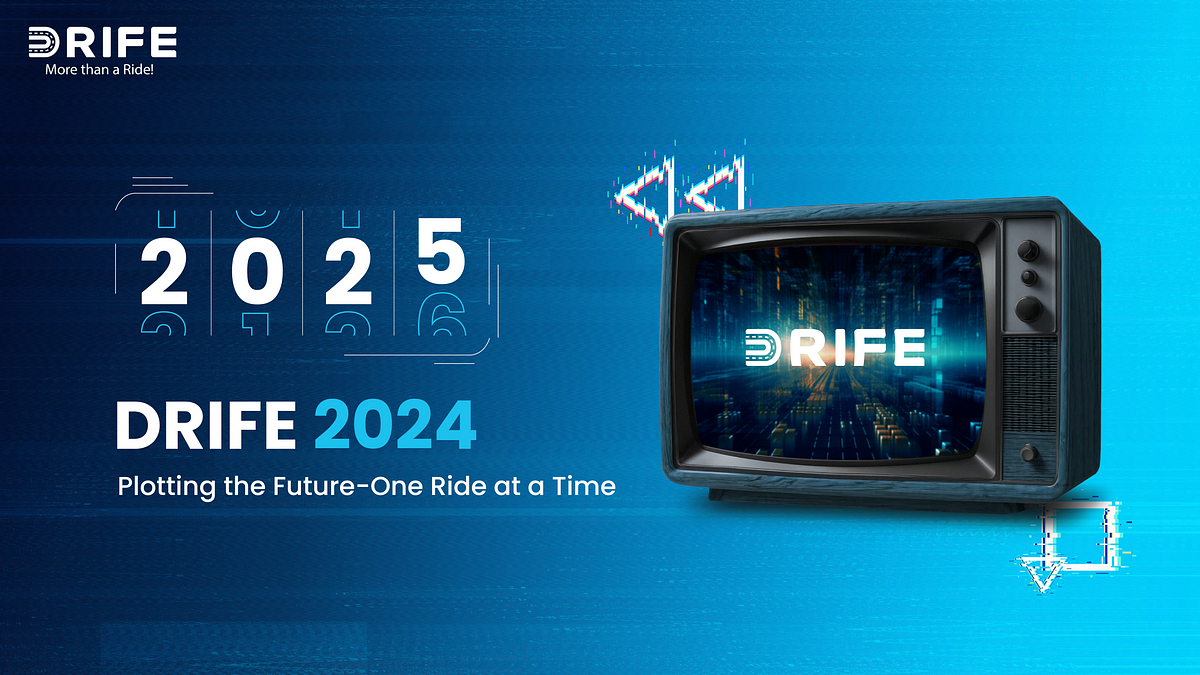
3 months ago
DRIFE's Decentralized Revolution: A 2024 Recap
In 2024, DRIFE took the decentralized ride-hailing industry by storm, transforming the way users interact with transportation. With a series of innovative updates and partnerships, DRIFE not only enhanced its platform but also solidified its position as a leader in the Web3 space. The integration of ZkLogin streamlined user sign-ups, ensuring privacy and security without the hassle of forgotten passwords. Additionally, the migration of $DRF tokens to the Sui Network resulted in faster transactions and lower fees, showcasing DRIFE's commitment to providing a seamless user experience. With over 1.23 billion tokens successfully migrated, the platform is set for a thriving future.
The launch of the Share2Earn campaign gamified the ride-sharing experience, allowing users to earn DRF tokens effortlessly. This initiative not only incentivized participation but also fostered a sense of community among users. Furthermore, DRIFE made history by becoming the first token to migrate on the Sui platform and subsequently listing on MEXC, marking a significant milestone in its growth journey. The company’s expansion into Dubai, where it secured a license and launched its services, exemplified its ambition to revolutionize ride-hailing in one of the world's most dynamic cities.
Throughout the year, DRIFE showcased its presence at major global events, including TOKEN2049 in Singapore and the Dubai Future Blockchain Summit. These engagements allowed DRIFE to network with industry leaders and promote its vision for decentralized transportation. The company also launched the World of DePIN podcast series, further establishing its thought leadership in the space. As DRIFE looks forward to 2025, it remains committed to driving decentralization and innovation in the ride-hailing sector, inviting users to join them on this exciting journey into the future.
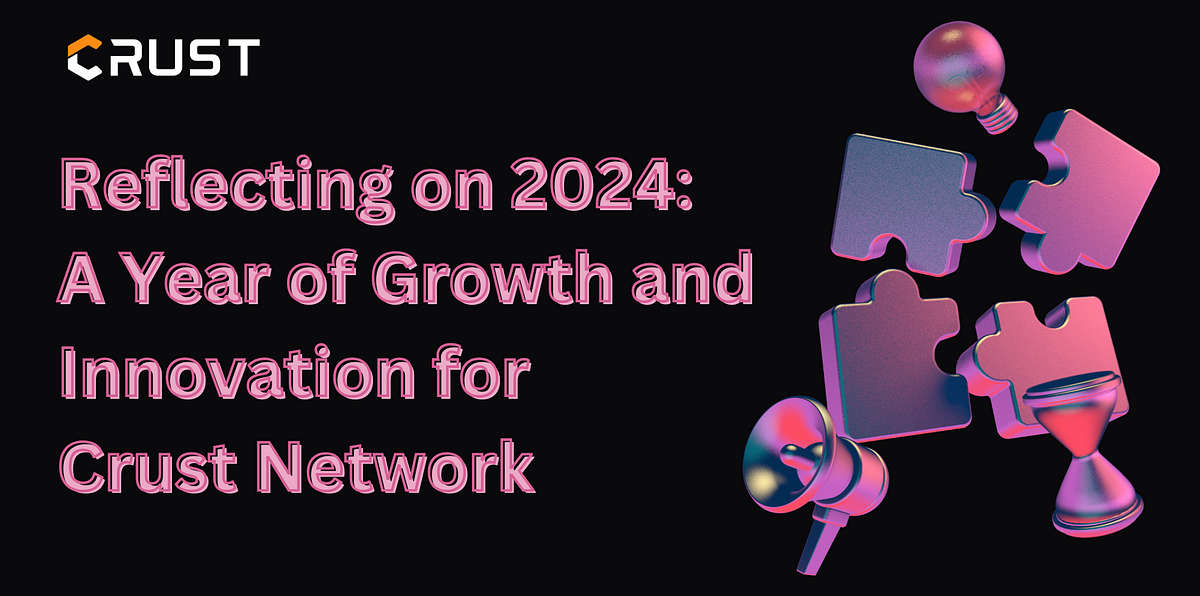
3 months ago
Crust Network's Milestones and Future Directions for 2025
As we approach the end of 2024, Crust Network has expressed heartfelt gratitude to its community for their unwavering support, which has been pivotal in achieving significant milestones in decentralized storage. This year, the network has made remarkable strides, hosting over 3.11 million files and maintaining a stable node count of over 1500, with a total storage capacity exceeding 700 PB. These achievements not only highlight the growing adoption of Crust within the Web3 ecosystem but also set the stage for further expansion in 2025. The relaunch of the Community Gateway Recruitment Program aims to attract gateway providers from the US and Europe, incentivizing participation with additional CRU rewards.
In terms of technical developments, Crust unveiled EthDA, a groundbreaking Data Availability network native to the Polygon CDK, which integrates support for Polygon zkEVM. This initiative is a significant step in enhancing the Ethereum Layer 2 solutions' capabilities. Additionally, Crust has made strategic adjustments to EthDA's positioning to align with market demands, optimizing resource allocation, and reducing redundancy. The enhancements to Crust Files, Crust Cloud, and IPFS Scan further demonstrate the commitment to providing accessible decentralized storage solutions, while contributions to Ethereum's EIP standards underscore Crust's active role in the ecosystem.
Looking ahead to 2025, Crust is poised to deepen its focus on Decentralized Physical Infrastructure Networks (DePIN), aiming to transform traditional infrastructure through decentralized solutions. The growing demand for storage solutions driven by AI and Big Data presents a compelling opportunity for Crust to innovate and expand its user base. Plans for developing lightweight storage nodes will enable broader participation in the network, fostering collaborations with other DePIN projects. As Crust continues to lead in decentralized storage, its commitment to innovation and community engagement will play a crucial role in shaping the future of the Web3 landscape.
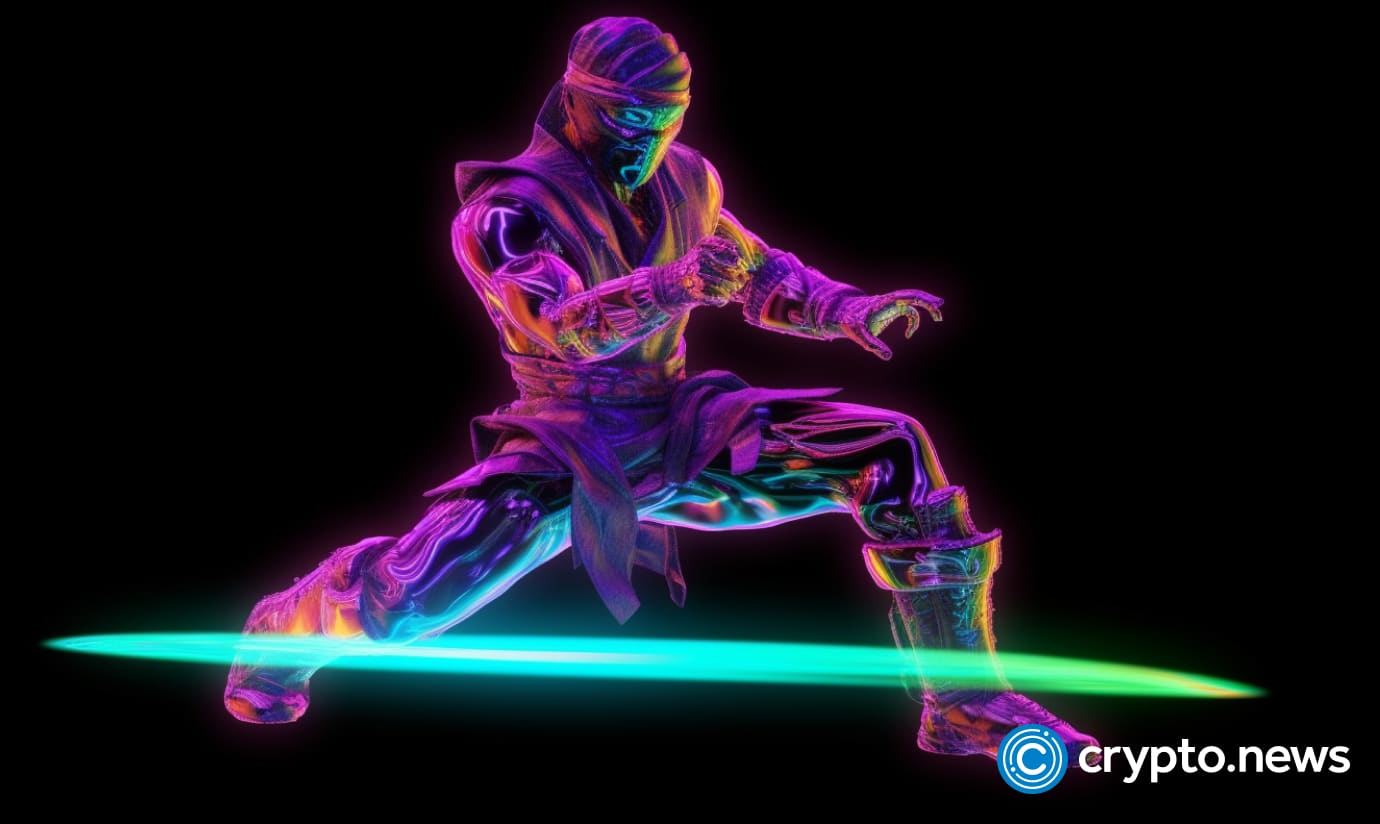
3 months ago
Aethir and Injective Launch Tokenized GPU Marketplace to Enhance AI and Blockchain Innovation
Aethir and Injective have announced a groundbreaking partnership that aims to revolutionize the accessibility of high-performance GPU resources through the launch of the world’s first tokenized GPU marketplace. Aethir, a leader in high-performance computing infrastructure, and Injective, a prominent decentralized exchange platform, are combining their strengths to create a platform that caters to the growing demands of AI research and blockchain applications. High-performance computing (HPC) is essential for processing vast amounts of data quickly, which is crucial for complex tasks such as scientific simulations and AI development.
The new marketplace will enable developers, researchers, and GPU resource providers to engage in a novel interaction model that leverages tokenization. By utilizing Injective's advanced blockchain technology alongside Aethir's GPU processing capabilities, the marketplace will facilitate automated transactions through smart contracts, allowing for fractional ownership and real-time trading of GPU resources. This innovative approach eliminates the need for hefty hardware investments, enabling users to access high-performance computing resources on a pay-as-you-go basis. Users will have the flexibility to buy, sell, or lease tokenized GPU power, integrating it into various on-chain applications, including decentralized lending protocols and perpetual markets.
The implications of this partnership extend beyond just AI and blockchain; it could significantly impact the broader GPU market as well. With NVIDIA at the forefront of GPU technology, the demand for decentralized GPU computing is likely to grow as initiatives like Aethir and Injective's marketplace gain traction. While the current market interest in their respective tokens remains subdued, the potential for future growth is evident. As users navigate this new landscape, caution is advised to mitigate risks associated with tokenized transactions, emphasizing the importance of relying on official project announcements and trusted sources for information.
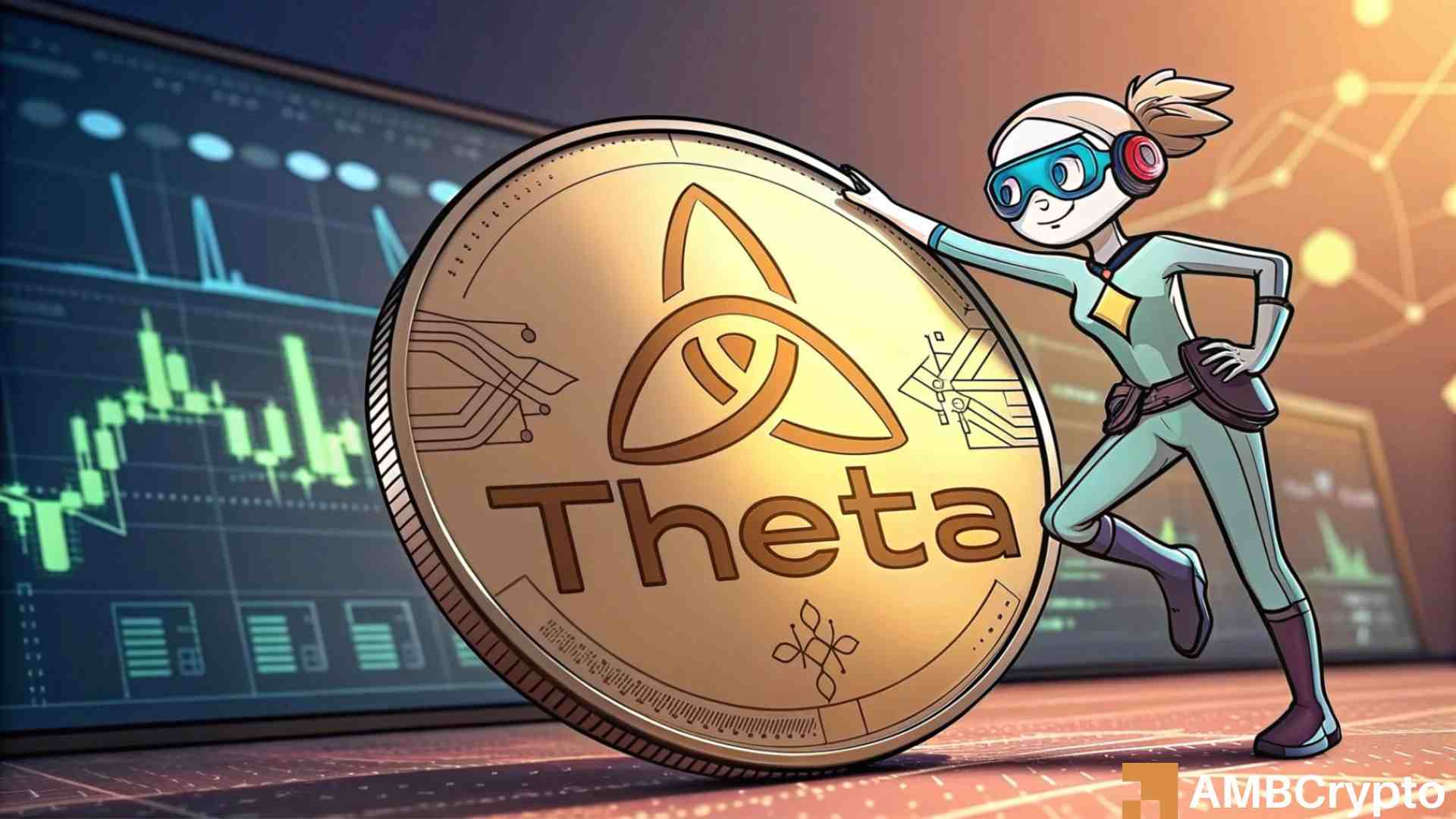
3 months ago
THETA Shows Bullish Signs Amid Market Uncertainty
As of December 27, 2024, THETA, the native token of Theta Network, is drawing significant attention from crypto traders due to a bullish price action pattern observed on its daily timeframe. Despite the larger cryptocurrency market facing challenges, with major assets like Bitcoin and Ethereum struggling, THETA has shown resilience. Currently, 69.2% of top traders on Binance are holding long positions in THETA, reflecting a strong bullish sentiment. The token's Relative Strength Index (RSI) is at 43, suggesting potential for upward momentum, especially as traders and whales continue to accumulate the asset following a recent price correction.
Technical analysis indicates that THETA has formed a descending triangle pattern, positioning it for a possible breakout. The altcoin has successfully retested its crucial support level at the 200 Exponential Moving Average (EMA). If THETA manages to break above the $2.41 mark, analysts predict it could surge by 37% to reach $3.33. The recent price action, combined with a significant $2.02 million in THETA outflows from exchanges, signals strong buying pressure and a potential increase in value as assets are moved to long-term holders' wallets.
In addition to the bullish on-chain metrics, the trading dynamics on Binance further bolster THETA's outlook. The long/short ratio for THETAUSDT stands at 2.25, indicating that traders are leaning heavily towards long positions. Although THETA's price has seen a slight decline of 1% in the last 24 hours, the overall market sentiment remains optimistic. With lower trading volume noted, it appears that traders are cautiously watching for the next significant movement in THETA's price trajectory.

3 months ago
Trending Crypto Coins with Massive Potential: JetBolt and More
In the ever-evolving landscape of cryptocurrency, several coins are currently trending due to their unique features and market potential. Among these, JetBolt (JBOLT) stands out with its innovative zero-gas technology, which has already led to the presale of over 200 million tokens. This feature eliminates the common burden of gas fees, making transactions smoother for users and developers involved in DeFi, NFTs, and other Web3 projects. With its lightning-fast transaction capabilities and a staking process that rewards social interactions, JetBolt is capturing the attention of crypto enthusiasts and investors alike.
Other notable contenders include Hyperliquid (HYPE), often referred to as the decentralized Binance, which offers low-slippage trading and gas-free perpetual futures. Pudgy Penguins (PENGU), a popular memecoin featuring 8,888 unique penguin avatars, has seen a significant rise in value recently. Meanwhile, Virtuals Protocol (VIRTUAL) is making waves by integrating AI and Metaverse technologies to enhance virtual interactions. Bittensor (TAO) continues to develop machine learning models, while Ethena (ENA) offers a stablecoin solution with its synthetic dollar, USDe. Worldcoin (WLD) and Avalanche (AVAX) also remain strong players in the market, each with their own unique technological advancements.
As 2024 approaches, crypto whales and investors are keenly observing these coins for potential explosive growth. With JetBolt's remarkable presale success and innovative features, it is becoming a focal point for those looking to capitalize on the next big opportunity in the crypto space. However, as always, investors are advised to conduct thorough research and due diligence before making any investment decisions in this volatile market.
Signup for latest DePIN news and updates